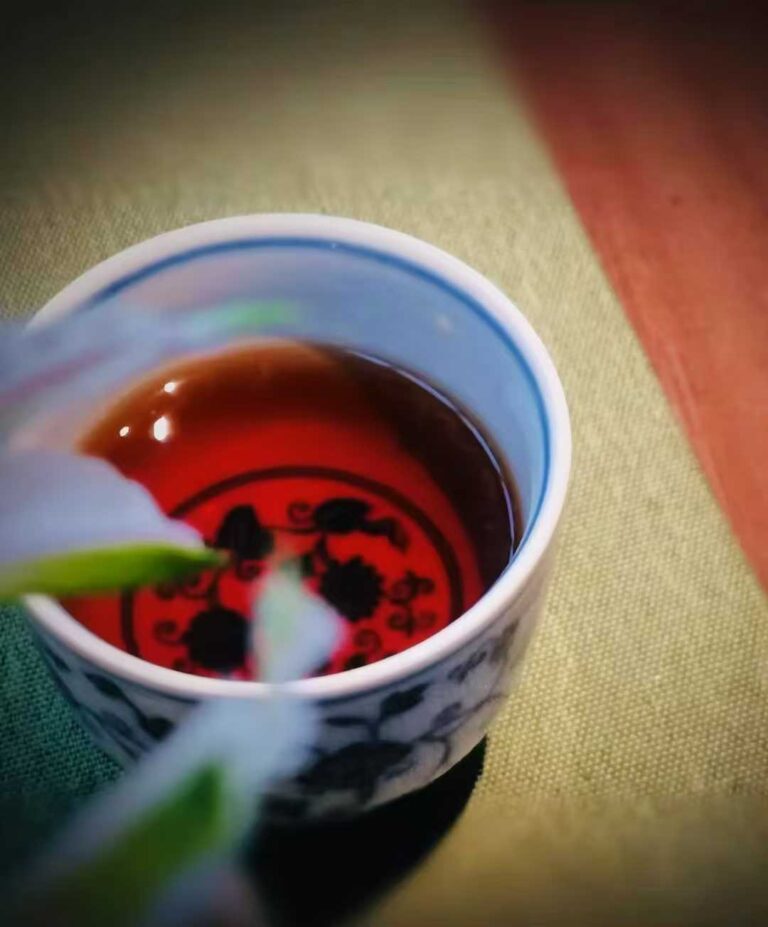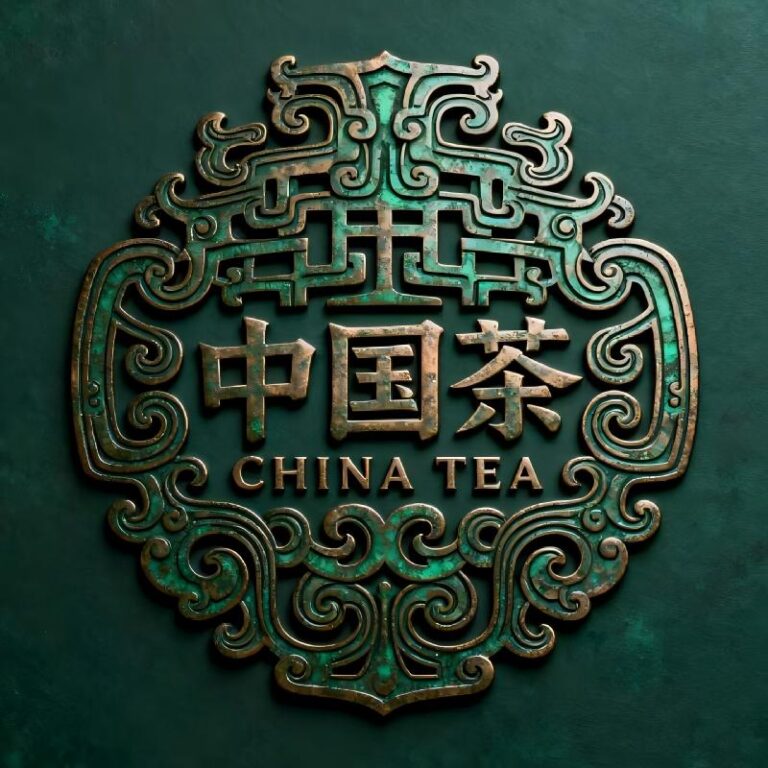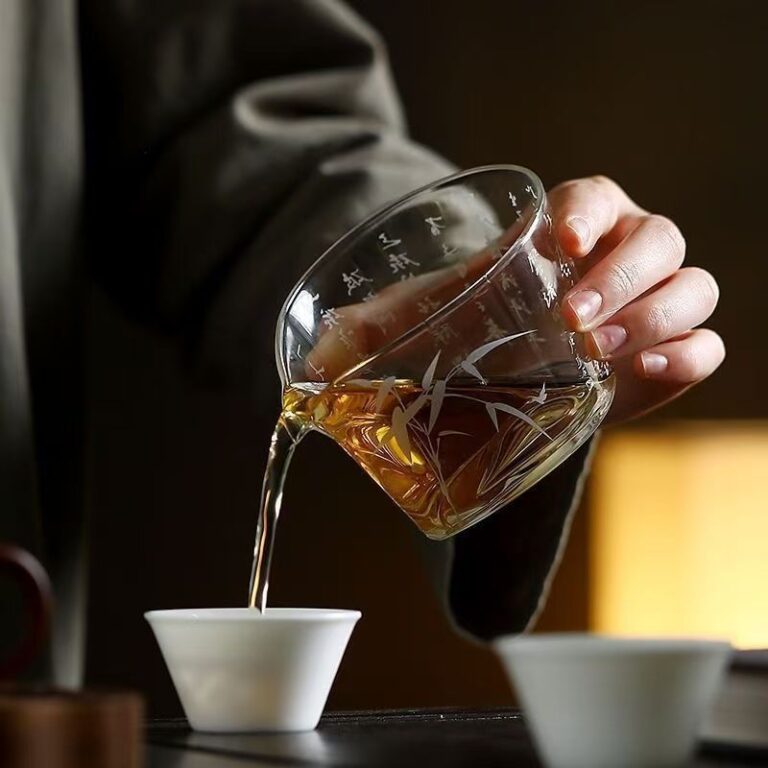Free Shipping On Orders Over $59
Chinese tea culture is more than just a way of drinking tea; it’s a tapestry of history, philosophy, and ritual that has woven itself into the fabric of China’s identity for over 5,000 years. From the misty mountains of Yunnan to the bustling tea markets of Hangzhou, every cup tells a story of craftsmanship, respect for nature, and the art of slowing down. Whether you’re a casual tea drinker or a curious enthusiast, this guide will take you through the heart of Chinese tea culture—its origins, key traditions, beloved tea varieties, and how you can bring a piece of this heritage into your own home.

1. The Rich History of Chinese Tea Culture
The story of Chinese tea culture starts long before tea became global. Its roots reach back to ancient China. At first, tea was a medicinal herb. Later, it evolved into a symbol of hospitality, wisdom, and harmony.
The Origins: From Medicinal Herb to Daily Ritual
Legend says Emperor Shennong discovered Chinese tea in 2737 BCE. He’s known as the “Father of Chinese Agriculture.” One day, he was boiling water. A few tea leaves from a nearby bush fell into his pot. That’s how the first cup of tea was born. Initially, people used tea for healing. They believed it soothed digestion, boosted energy, and cleared the mind.
Over time, tea shifted from medicine to a daily staple. During the Tang Dynasty (618–907 CE), nobles and scholars drank tea widely. They even wrote poems and essays praising its flavor and benefits. By the Song Dynasty (960–1279 CE), tea culture flourished even more. Tea houses popped up across the country. Craftsmen also developed the first formal tea ceremonies to honor the beverage’s elegance.
Key Dynasties That Shaped Tea Culture
Every dynasty left its mark on Chinese tea culture. Each one refined how people grow, process, and enjoy tea. Here are the most influential:
- Tang Dynasty: Lu Yu wrote the first tea monograph, The Classic of Tea. This book outlines tea production and brewing techniques.
- Song Dynasty: People popularized matcha-like powdered tea. They also held elaborate tea competitions. Judges evaluated tea color, aroma, and taste to pick the best blends.
- Ming Dynasty (1368–1644): Loose-leaf tea replaced powdered tea. Additionally, people started using hot water (instead of boiling) to preserve flavor. This practice is still used today.
2. The Heart of Chinese Tea Culture: Ritual & Philosophy
At its core, Chinese tea culture is about more than sipping tea. It’s about mindfulness, respect, and connection. This is most obvious in its traditional tea ceremonies. These rituals blend precision with intention.
The Chinese Tea Ceremony: Harmony in Every Step
The Chinese tea ceremony is called Gongfu Cha, or “skillful tea.” It’s a ritual that emphasizes patience and attention to detail. Unlike Japan’s more formal tea ceremony, Gongfu Cha is flexible. It focuses on bringing out the best in the tea while fostering conversation.
Key steps of a traditional Gongfu Cha ceremony include:
- Warming the Teaware: Rinse the teapot, cups, and strainer with hot water. This prepares them for the tea.
- Adding Tea Leaves: Measure 3–5 grams of loose-leaf tea per 100ml of water. Then place it in the teapot.
- Waking the Tea: Pour hot water over the leaves briefly. Discard the water right away. This “wakes up” the leaves and releases their aroma.
- Brewing & Serving: Pour hot water over the leaves again. Steep for 15–30 seconds (time varies by tea). Then serve the tea in small cups. Everyone shares each cup, which symbolizes unity.
The ceremony isn’t just about the tea. It’s about slowing down. Every step is deliberate. This encourages participants to focus on the present. They can appreciate the tea’s aroma, color, and taste fully.
Philosophy Behind the Ritual: Harmony & Simplicity
Chinese tea culture draws deep roots from three philosophies: Confucianism, Taoism, and Buddhism. All three emphasize harmony with nature, simplicity, and respect. For example:
- Confucianism: It highlights respect for others. Serving tea to guests shows hospitality and humility.
- Taoism: It focuses on balance. People see tea as a bridge between humans and nature. After all, it grows from the earth and is made with water— a symbol of life.
- Buddhism: It teaches mindfulness. Sipping tea slowly helps quiet the mind and stay present. Buddhist monasteries still use this practice today.
3. Iconic Tea Varieties That Define Chinese Tea Culture
You can’t discuss Chinese tea culture without talking about its diverse teas. China has six main types of tea. Each has unique flavors, processing methods, and regional ties.
Green Tea: The Fresh, Timeless Classic
Green tea is the most traditional type of Chinese tea. It’s known for its light, grassy flavor and bright green color. Farmers process it minimally— either by steaming or pan-frying. This preserves its natural antioxidants. For those who love simplicity, green tea is a top choice.
Famous green teas include:
- Longjing (Dragon Well): Farmers grow it in Hangzhou. It has a sweet, nutty taste. Many call it the “Queen of Green Teas.”
- Biluochun: It comes from Jiangsu Province. It has a floral aroma and delivers a smooth, refreshing finish.
Black Tea: Bold Flavors with a Rich Heritage
Black tea is called hong cha in Chinese. It’s fully oxidized, giving it a deep amber color and bold flavor. In the West, people often add milk or honey to it. However, in China, they sip it plain. This lets them savor its complexity.
Famous black teas include:
- Lapsang Souchong: Producers in Fujian Province smoke it over pine wood. This gives it a unique smoky flavor.
- Keemun: It’s grown in Anhui Province. It has a fruity, wine-like taste. Some call it the “Burgundy of Teas.”
Oolong Tea: The Balanced Middle Ground
Oolong tea is partially oxidized. It blends green tea’s freshness with black tea’s depth. It’s often linked to Taiwan and Fujian Province. There, people brew it in small clay teapots during Gongfu Cha ceremonies.
Famous oolong teas include:
- Da Hong Pao: It comes from Wuyi Mountain. It has a toasty, earthy flavor. It’s also one of the world’s most expensive teas.
- Tieguanyin: It’s grown in Anxi. It has a creamy, floral taste and a smooth mouthfeel.
Other Beloved Varieties
Beyond these three, Chinese tea culture has more treasures. There’s white tea— delicate and made from young buds. Yellow tea is rare and has a mellow flavor. Dark tea, like Pu-erh, is aged for years. Artisans do this to develop its depth. Each variety tells a story of its region’s climate and traditions.
4. How Chinese Tea Culture Influences Modern Life
Chinese tea culture is steeped in tradition. However, it’s far from outdated. Today, it still shapes how people drink tea— both in China and around the world.
Tea Houses: Gathering Spaces for Connection
In China, tea houses are still popular gathering spots. Friends, family, and colleagues meet there to chat over a pot of tea. Unlike Western cafes, tea houses are quiet and calm. They’re designed for conversation, not rushing. Many modern tea houses mix traditional decor (wooden furniture, clay teapots) with contemporary touches. This makes them welcoming to younger generations.
Global Popularity: Bringing Chinese Tea Culture to the West
In recent years, Chinese tea culture has grown popular worldwide. Gongfu Cha workshops are held in cities like New York and London. Specialty tea shops also now offer loose-leaf Chinese teas widely— like Longjing and Tieguanyin. People are drawn to the culture’s focus on mindfulness and quality. This is especially true in a fast-paced world where slowing down is a luxury.
Bringing Chinese Tea Culture into Your Home
You don’t need a fancy teapot or years of experience to embrace Chinese tea culture. Start small with these steps:
- Pick a loose-leaf Chinese tea that interests you— green or oolong are great choices.
- Use a small teapot or even a mug to brew it. Focus on the aroma and taste.
- Invite a friend to share a cup. Remember, tea is all about connection.
Final Thoughts: The Timeless Appeal of Chinese Tea Culture
Chinese tea culture is a gift passed down through generations. It reminds us to slow down, appreciate nature, and connect with others. Whether you’re sipping Longjing in a Hangzhou tea house or brewing Gongfu Cha at home, you’re part of something big. You’re part of a 5,000-year-old tradition that celebrates life’s simple joys.
Ready to explore more? Browse our collection of traditional Chinese teas. Each one is sourced directly from family-owned tea gardens in China. This ensures you get an authentic taste of this rich heritage.
What part of Chinese tea culture interests you most? Share your thoughts in the comments below— we’d love to hear from you!



